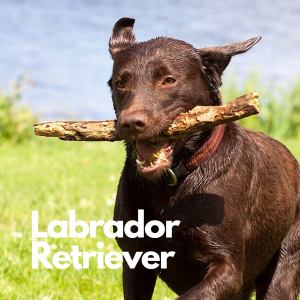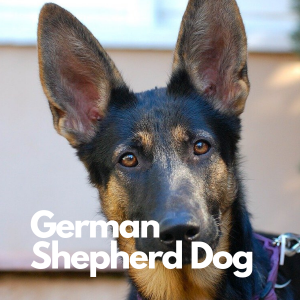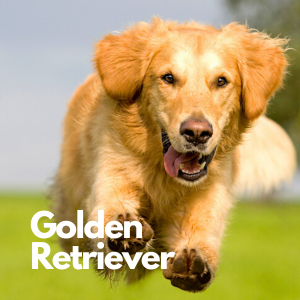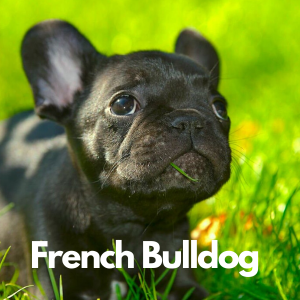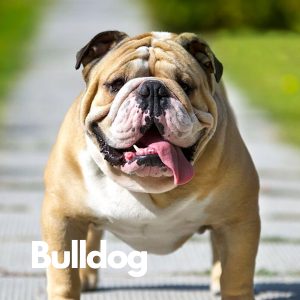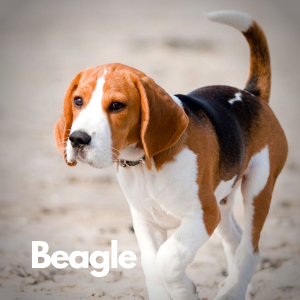
Herding
25-35 lbs.
14-18 in.
12-16 years
1. Key Characteristics of the Puli
The Puli (plural: Pulik) is a compact, agile dog able to perform work in almost any area and climate. They are humorously referred to as “mop” dogs.
The dogs have one of the most unique coats among their canine brethren. Their double coat is weather-resistant and wavy, and clumps together in cords naturally.
They have tight, curly tails and range in colors of black, gray and white.
2. Where the Puli Came From
Puli dogs were originally herding dogs who controlled the movements of sheep. They arrived in Hungary more than 1,000 years ago with the Magyar people, who had migrated from Asia.
The dogs were used for different purposes based on their color:
- Sheep took more direction from dark-haired dogs.
- The lighter-colored dogs were used for guarding the flock.
The dogs almost became extinct in the 16th century, when Hungary was almost destroyed by invaders. The Puli prevailed and was later mixed with sheepdogs from other countries.
In 1912, a specialized breeding program was started to preserve and reconstitute the breed.
The Puli was recognized by the American Kennel Club (AKC) in 1936, and the Puli Club of America was formed in 1951.

3. How Friendly Is the Puli?
The Puli is alert and active, with a lot of energy.
These dogs can become destructive if bored, so take them on daily walks and offer plenty of playtime to expel energy.
They are good watchdogs and are loyal, but they don’t like being left alone for long periods of time. They are usually good with children who don’t tease or antagonize unnecessarily, and they’re easy to train.
Some people describe these dogs as smart and sneaky. Don’t underestimate their intelligence, and be sure to train consistently. Also, know that some of these dogs love to bark excessively.
4. Is This the Right Dog for You?
Exercise Needs
HIGH: Puli dogs need regular exercise daily, such as walks or indoor play. They are usually active indoors and can do fine without a backyard. Some of them have an affinity for swimming, but not all Puli dogs are guaranteed to share this trait.
Grooming Needs
HIGH: Grooming a Puli can be a job in itself, but once a routine is established, you can maintain it pretty easily.
The coat doesn’t shed much, but check it often for debris. Brush your Puli daily and bathe them when needed. Separate the cords after each bathing — this is easier to do when the dog is wet.
After bathing, the dogs need to be dried; otherwise, their thick coats take 2 days to fully dry.
Follow coat maintenance with regular grooming, including:
- Cleaning the ears and teeth
- Trimming the nails
- Checking regularly for mats
Health Problems
LOW: Puli dogs don’t have any notable health problems, other than hip dysplasia and potential eye problems. All other problems are consistent with possible conditions for any dog.
More Stats About Pulik
| Friendliness | ★★★★☆ |
| Ease of Training | ★★☆☆☆ |
| Barking/Howling | ★★★★☆ |
| Shedding | ★☆☆☆☆ |
| Tolerate Being Alone | ★★☆☆☆ |
| Very Good With Kids | ★★★★★ |
Check out this beautiful Puli competing at a dog show:

5. How to Adopt a Puli
If you consider getting a Puli for your next pet, check adoption resources first. Even purebred animals can end up in shelters. You can use Petful’s adoption page.
References
- “Puli.” American Kennel Club. https://www.akc.org/dog-breeds/puli/.
- “Congratulations on Your New Puli!” Puli Club of America. 2013. https://www.puliclub.org/PCApuliflyer201309.pdf.
- Bowley, Ann. “Guide to Grooming the Puli.” Puli Club of America. 1993. https://www.puliclub.org/GroomingGuide1993Bowley.pdf.
- “An Illustrated Guide to the Puli.” Puli Club of America. 1999. https://www.puliclub.org/JECIllusGuide.pdf.
- Evans, Jackie. “The Hungarian Puli.” Dogs Monthly. http://www.hungarianpuliclubofgb.co.uk/about-pulis/article-written-for-the-dogs-monthly-magazine/.
- Cook, Lesley. “Puli Health: The Health of the Hungarian Puli in Great Britain.” Hungarian Puli Club of Great Britain. http://www.hungarianpuliclubofgb.co.uk/about-pulis/health-and-welfare/.

